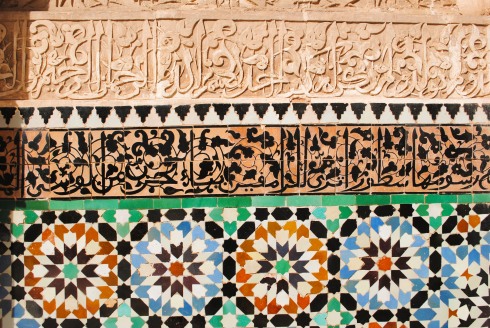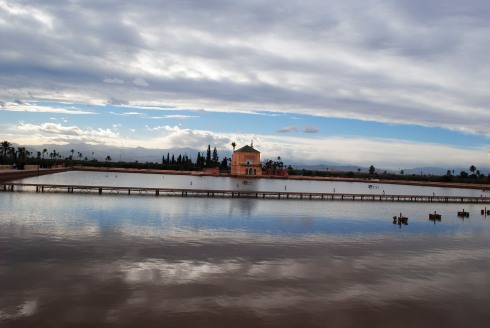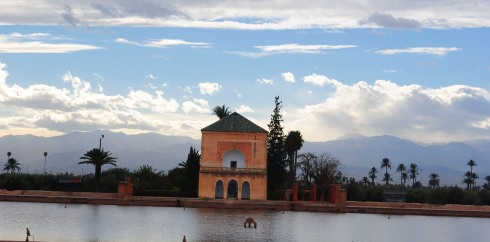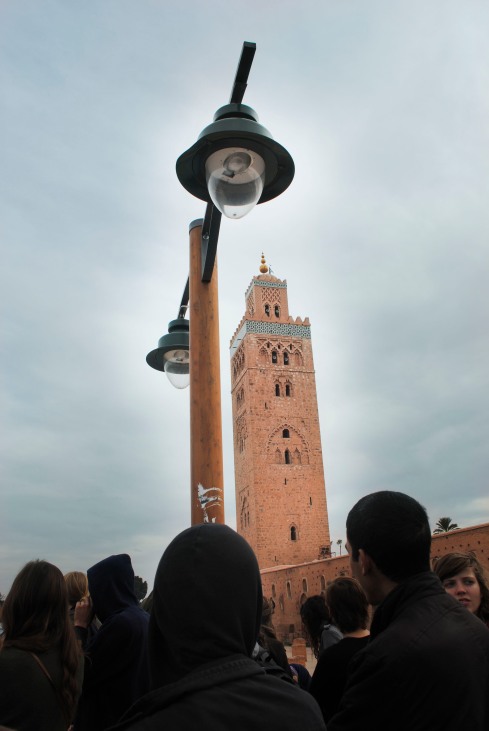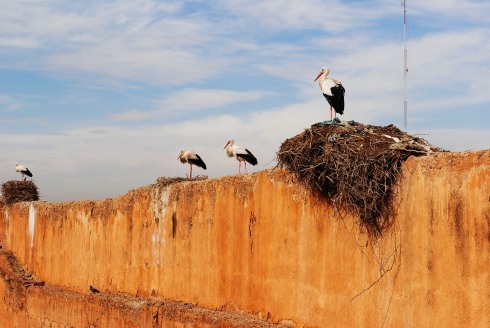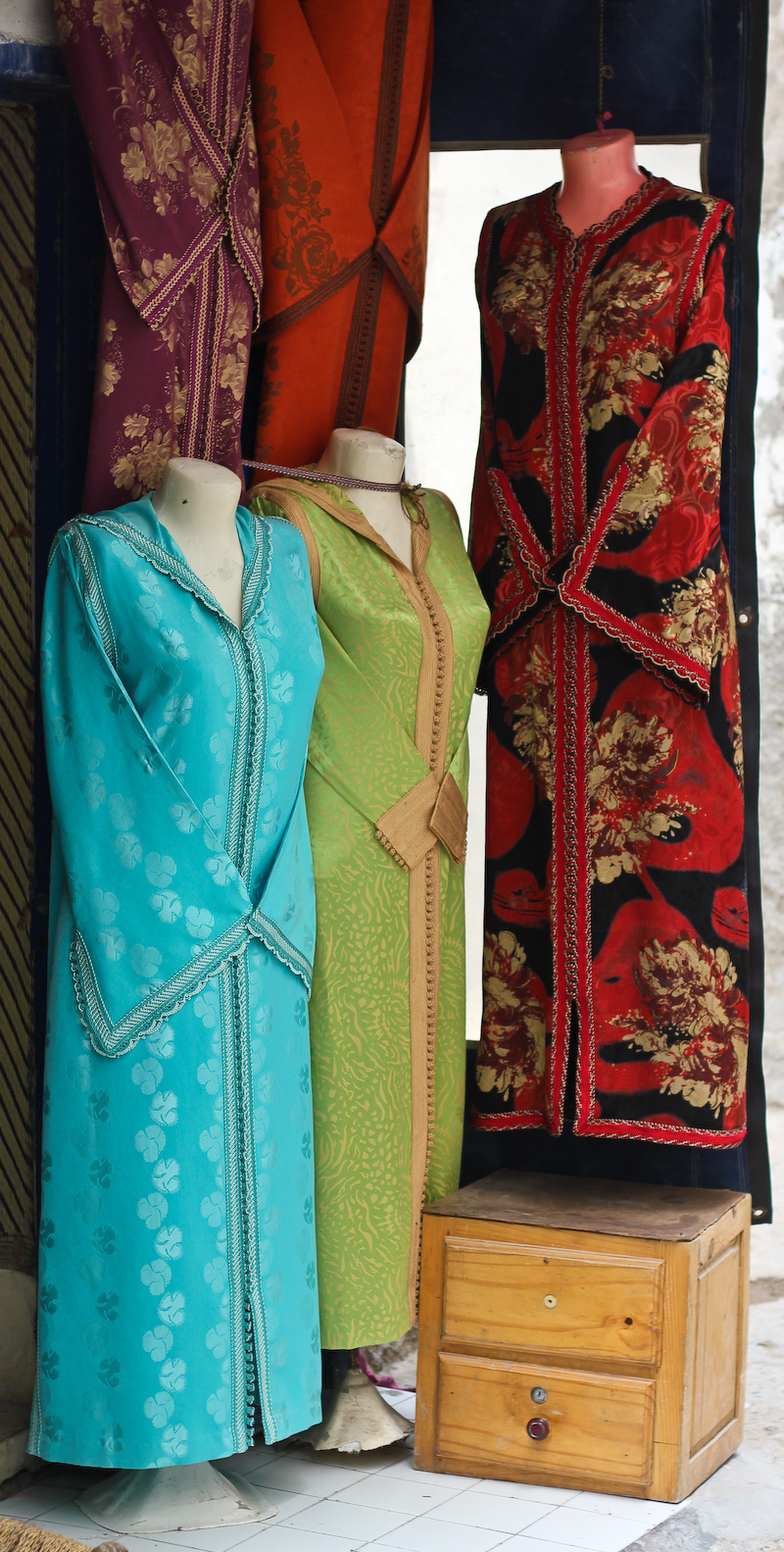I had a chance to go on a great tour of Marrakesh a few days ago. We hit all the major tourist sites, which of course I almost never do, but I should because it was an enriching and beautiful experience. It renewed my connection with this city that I’ve called home for so long. I’m sorry I’m not great with dates and history, if I don’t take notes then it evaporates almost instantaneously off the surface of my brain. Not to mention the late, late hour that the blogging itch strikes me, which is not a peak time for cerebral activity. I’m going to have to fall back on good old “a picture is worth a thousand words”.
But let me just say this, these places are beautiful in and of themselves. And if you can find a great guide to connect you with the richness of Moroccan history, so much the better.
These first two photos are at Medrasa Ben Yousef, which was one of the first examples of governmentally institutionalized learning in 1550. Before that, students would simply find a teacher and learn what they wanted to learn. This Islamic college was hailed by some as a positive initiative, and decried by others who felt the government should stay out of the business of education. I guess the home-schooling debate is not as recent as we think! Anyway, this college fell out of use in 1960, after the French had installed their own educational system in Morocco. Sigh.
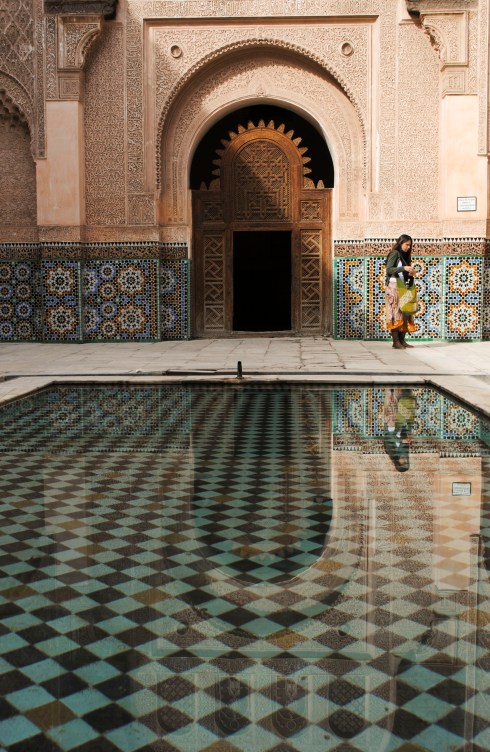 My mother, who is an artist and has studied Islamic art, points out that this following picture contains four out of the five elements of Islamic art. And they are (from bottom to top): complex star polygons, arabesques, repeat linear patterns and calligraphy. Brownie points if you can name the fifth element of Islamic art, not in this picture.
My mother, who is an artist and has studied Islamic art, points out that this following picture contains four out of the five elements of Islamic art. And they are (from bottom to top): complex star polygons, arabesques, repeat linear patterns and calligraphy. Brownie points if you can name the fifth element of Islamic art, not in this picture.
The Menara basin and pavilion…used to be an swimming school…and now is a great place to catch a view like this with the Atlas mountains as a backdrop, or feed some of the colossal fish that swim in the murky waters.
The Koutoubia mosque, which I talked about before:
And here are some of the storks that live on the wall of the Bahia palace. Stork in Arabic is “laq-laq”, and if you’ve ever heard the sound a stork makes, you’ll understand exactly where the name comes from.
PS. Voting is still ongoing over at www.moroccoblogs.com If you can spare 30 seconds, please hop over there and vote for this very blog “Life in Marrakesh” under Best Overall Blogs. Thank you, shoukran, merci.
